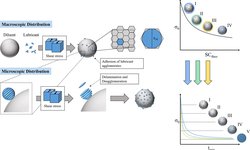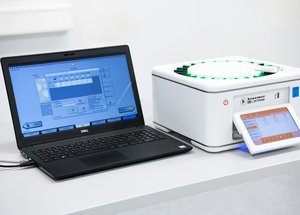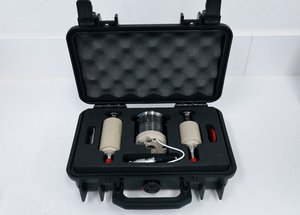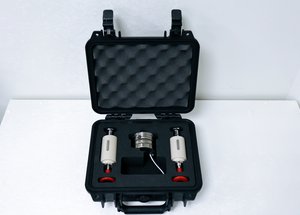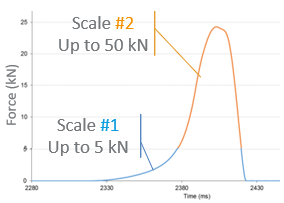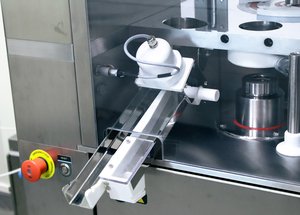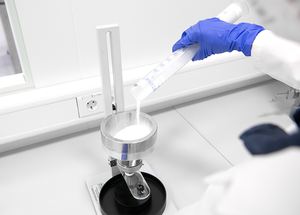Scientific papers
The magnitude of frictional forces during the ejection of porous pharmaceutical tablets is crucial in determining the likelihood of tabletting defects. In this study, we conduct a systematic comparison of the maximum ejection force, static friction coefficient, and kinetic friction coefficient, each of which represents different stages of the ejection process. Previously, experimental challenges made it difficult to measure static and kinetic friction simultaneously. This study introduces a method to simultaneously measure the maximum ejection force, static friction coefficient, and kinetic friction coefficient in situ during tablet ejection in standard compaction simulator experiments. Utilizing this method, we systematically examined variations in (1) ejection speed, (2) compaction pressure, (3) material, and (4) lubrication method. We discuss the relative significance of each variable, emphasizing how ejection speed alone can critically influence tablet chipping. The method's reliability is confirmed by its strong alignment with previous studies and finite element method (FEM) simulations. Finally, we explore the applicability of friction coefficients derived from Janssen–Walker theory and provide insights into the occurrence of die-wall static friction coefficients with values seemingly exceeding unity.
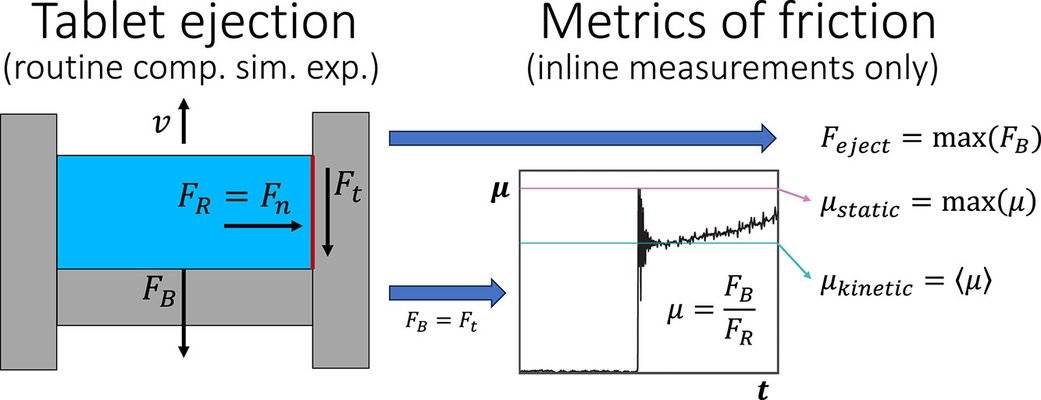
Comments
No comments posted yet.
Add a comment

